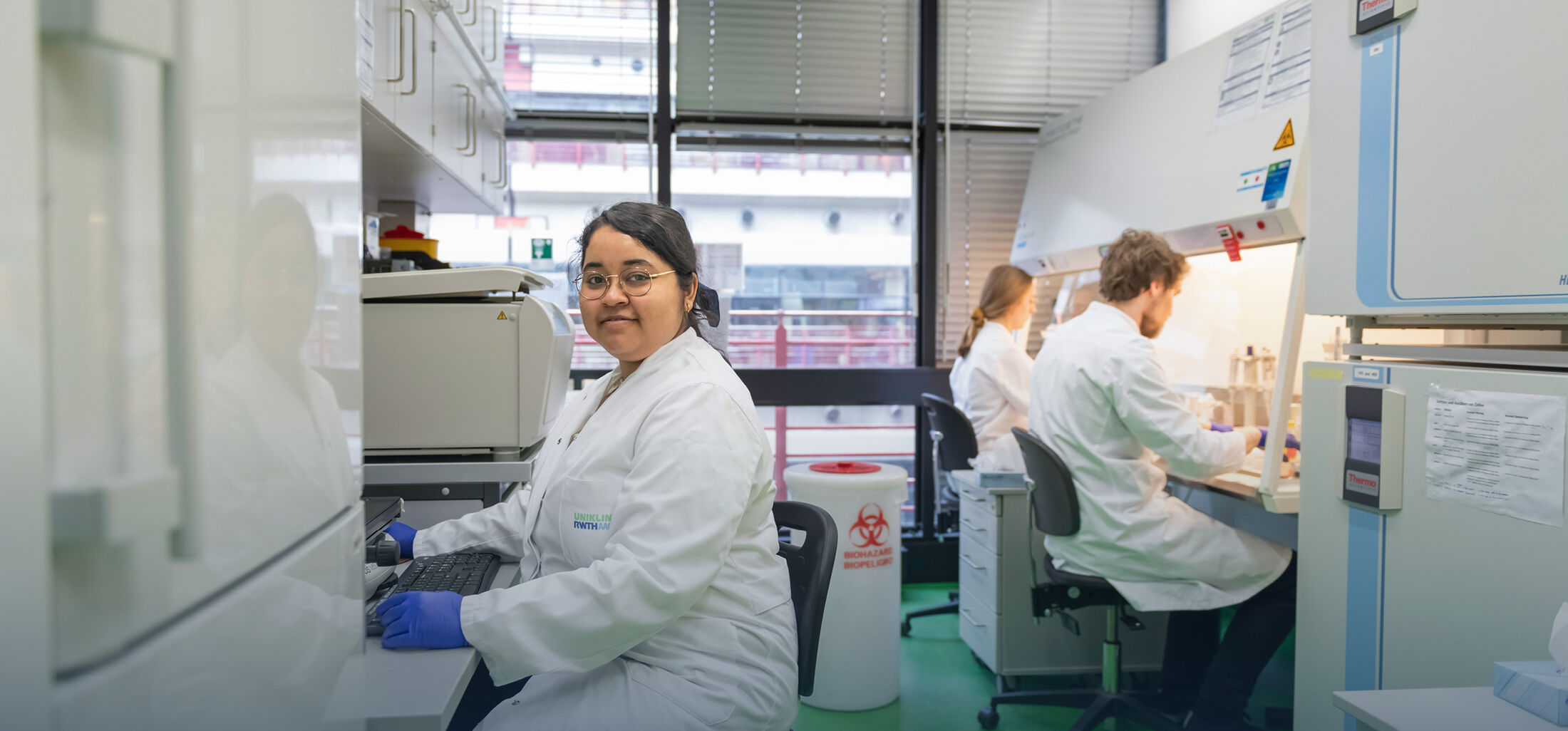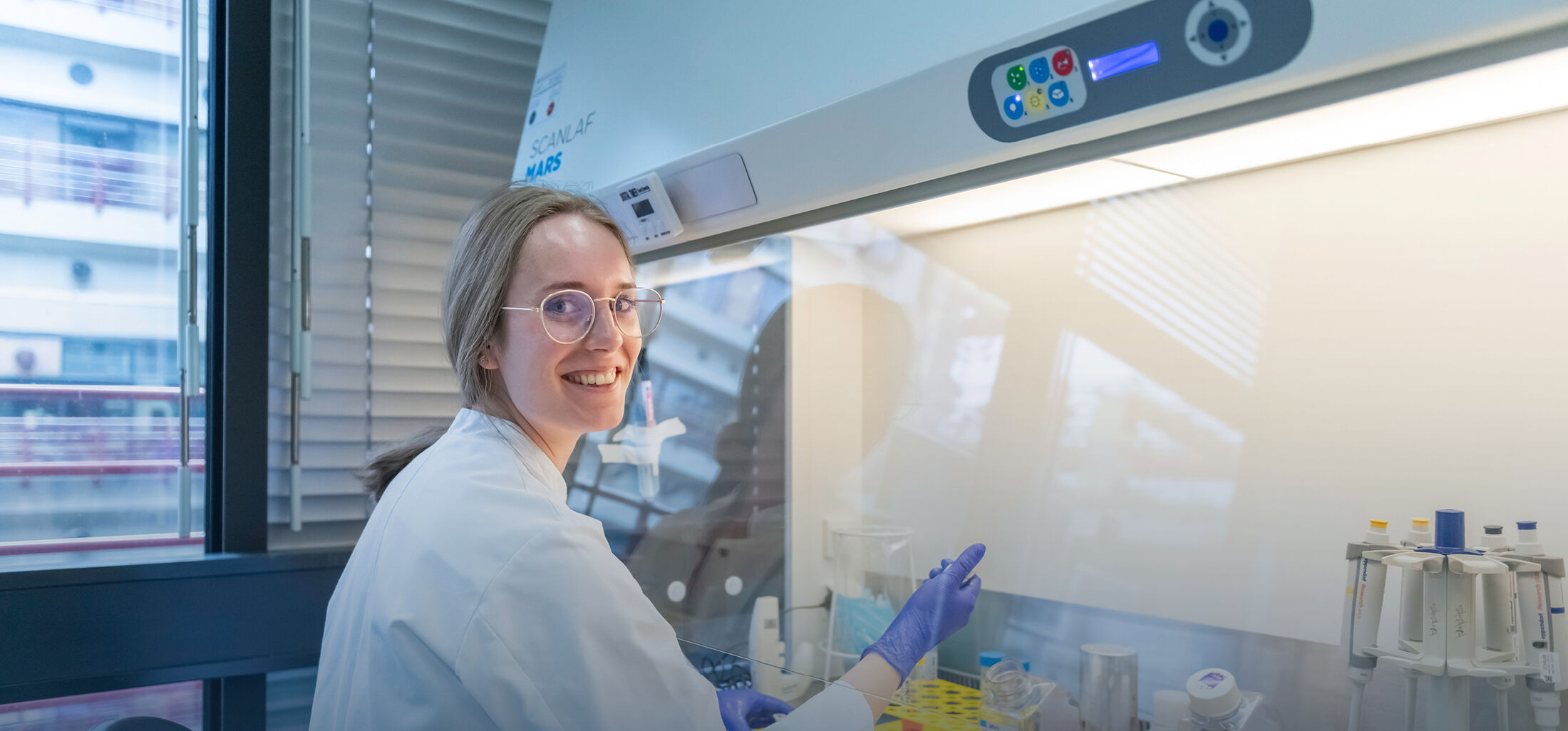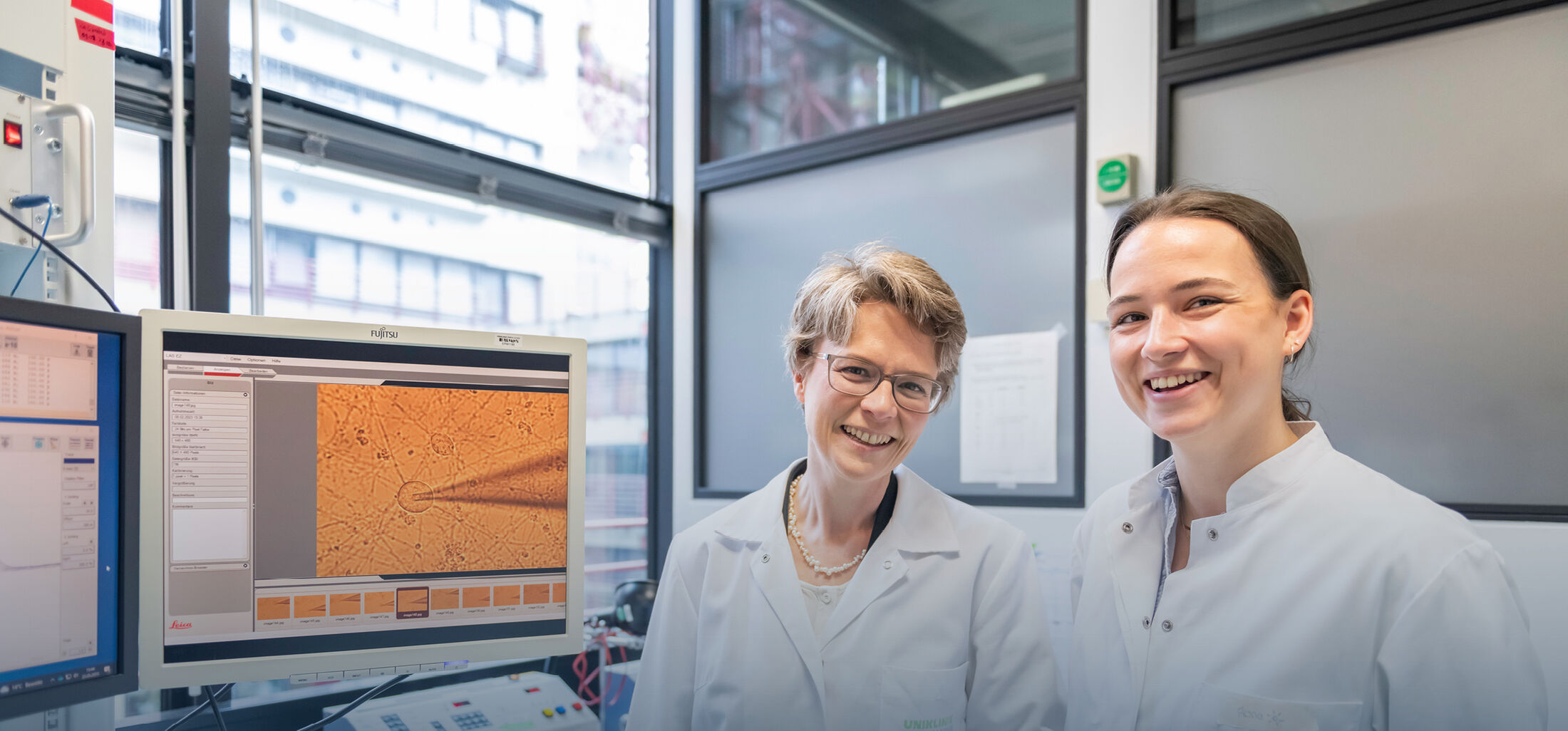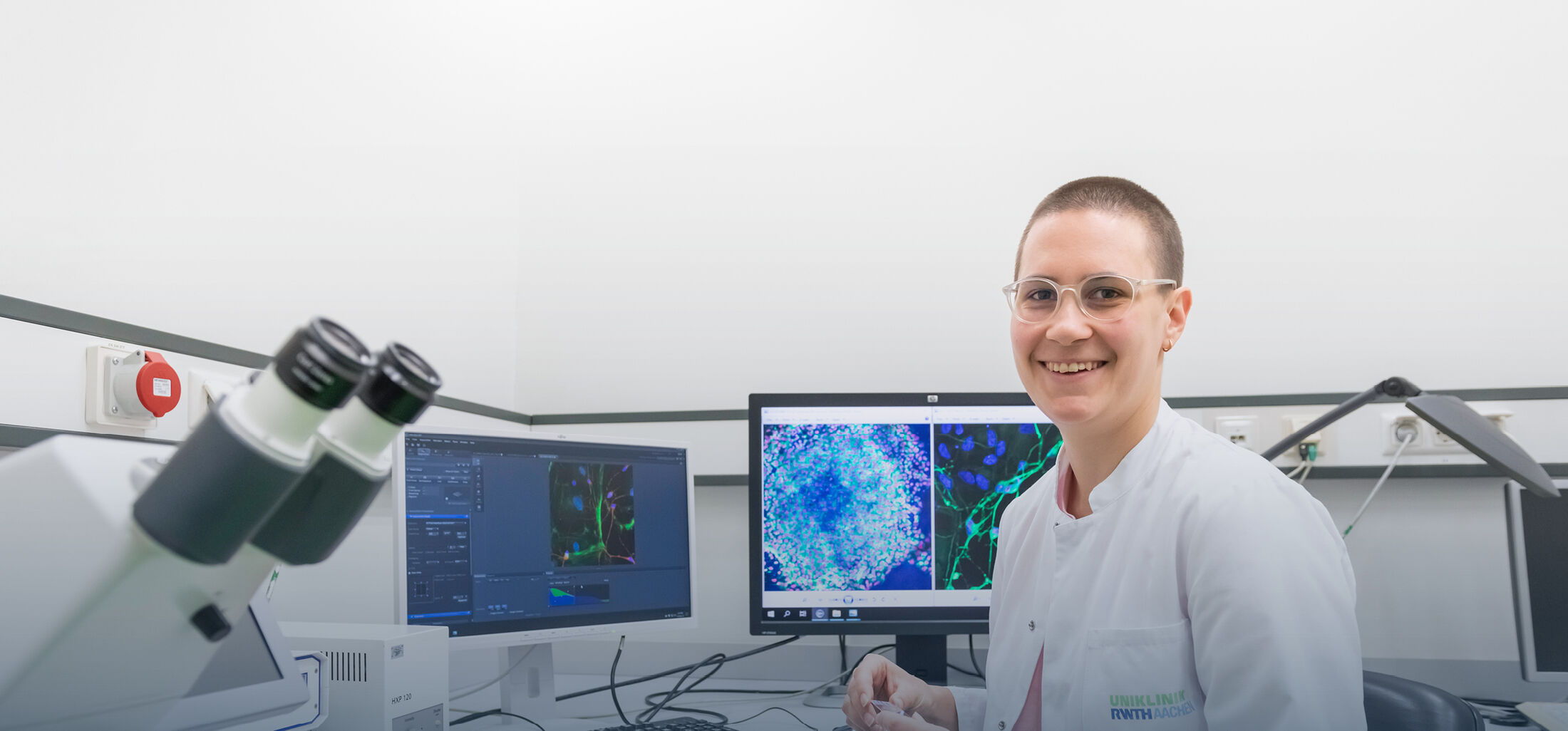Stem cells, such as induced pluripotent stem cells (iPSC), can be used to generate human sensory neurons. They offer an attractive humanized model system to study pathophysiological mechanisms of peripheral neuropathies such as inherited erythromelalgia (IEM) and small fiber neuropathy (SFN). In this publication we compared two often used protocols to generate sensory neurons from iPSCs of healthy controls and pain patients: the conventional small molecule approach (Chambers protocol) and a novel directed differentiation methodology (Anatomic Protocol). The function of these neurons was assessed by manual patch clamp and high throughput screening platforms.
Both differentiation protocols resulted in neurons displaying mature action potentials following 28 days of maturation, whereas the Anatomic protocol resulted in a purer culture. Pain patient iPSC-derived sensory neurons generated by the Anatomic protocol show higher action potential firing rates and reduced threshold when compared to control. Thus, both protocols are suitable for disease modelling and drug discovery.
The work was published in the Journal of Stem cell Research and Therapy:
Kalia AK, Rösseler C, Granja-Vazquez R, Ahmad A, Pancrazio JJ, Neureiter A, Zhang M, Sauter D, Vetter I, Andersson A, Dussor G, Price TJ, Kolber BJ, Truong V, Walsh P, Lampert A. “How to differentiate induced pluripotent stem cells into sensory neurons for disease modelling: a functional assessment.” Stem Cell Res Ther. 2024 Apr 5;15(1):99. doi: 10.1186/s13287-024-03696-2.








